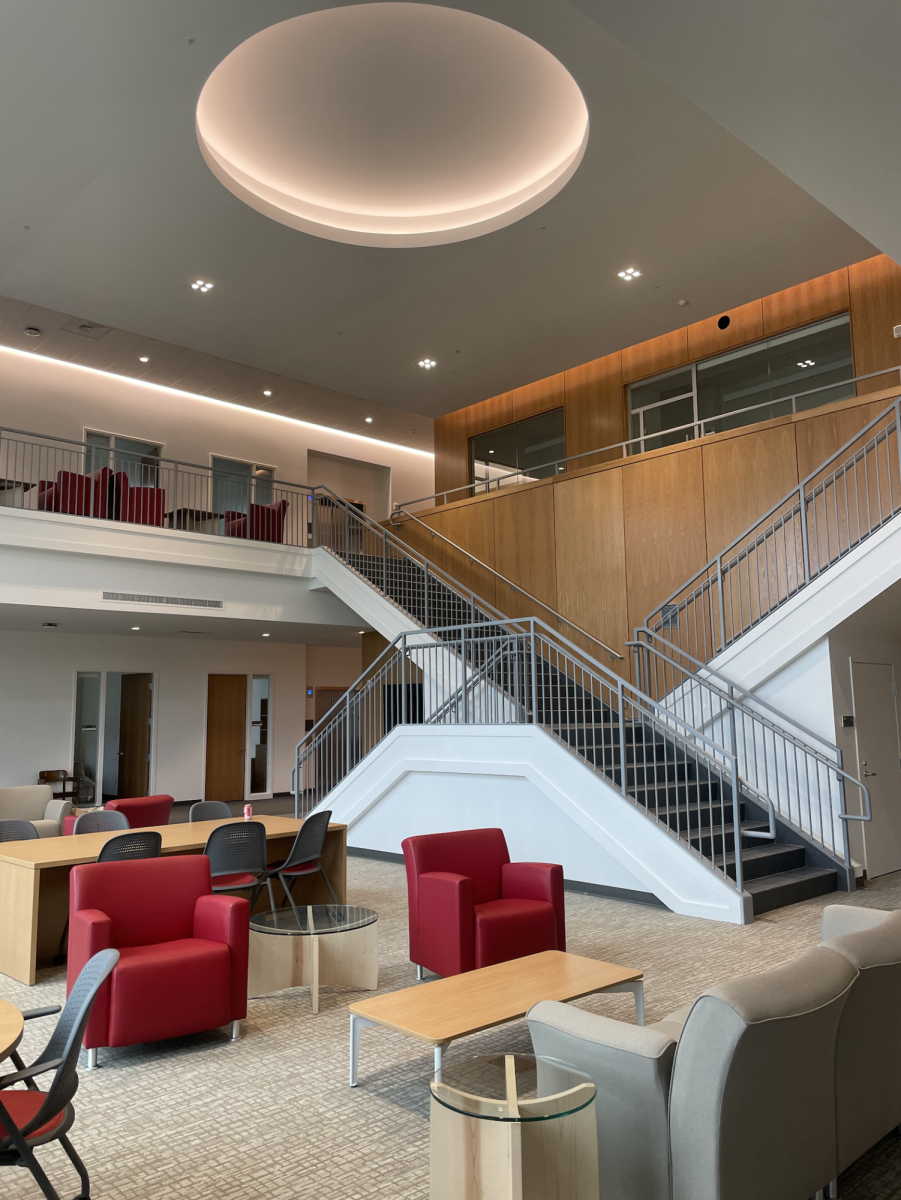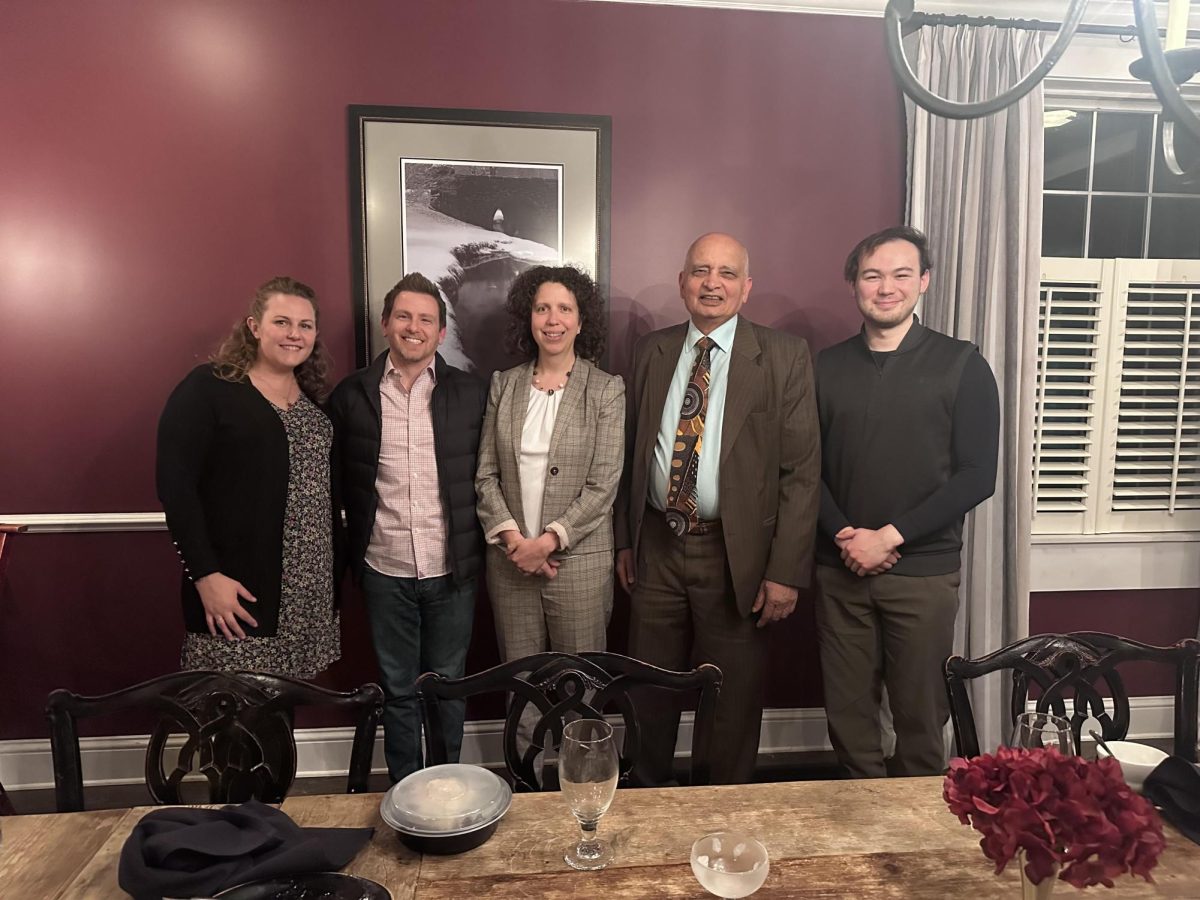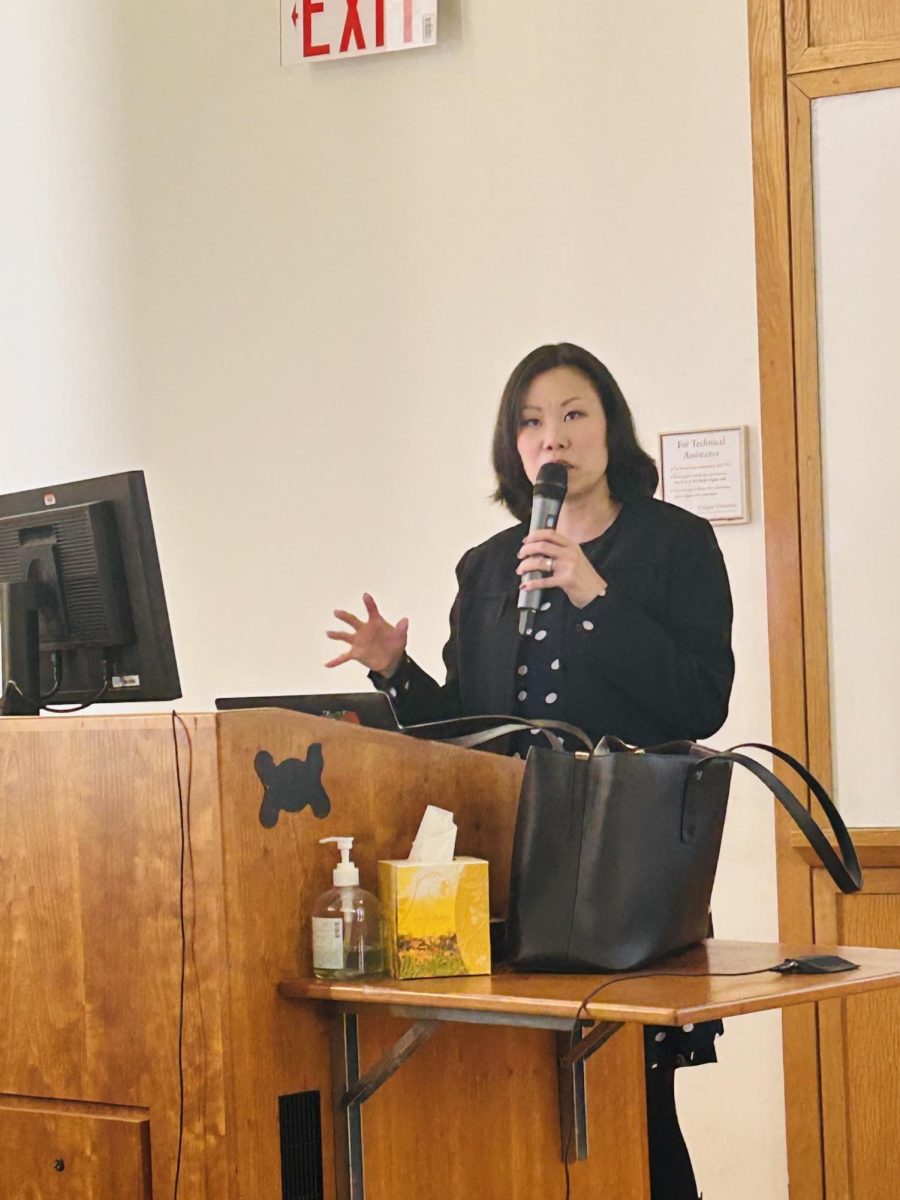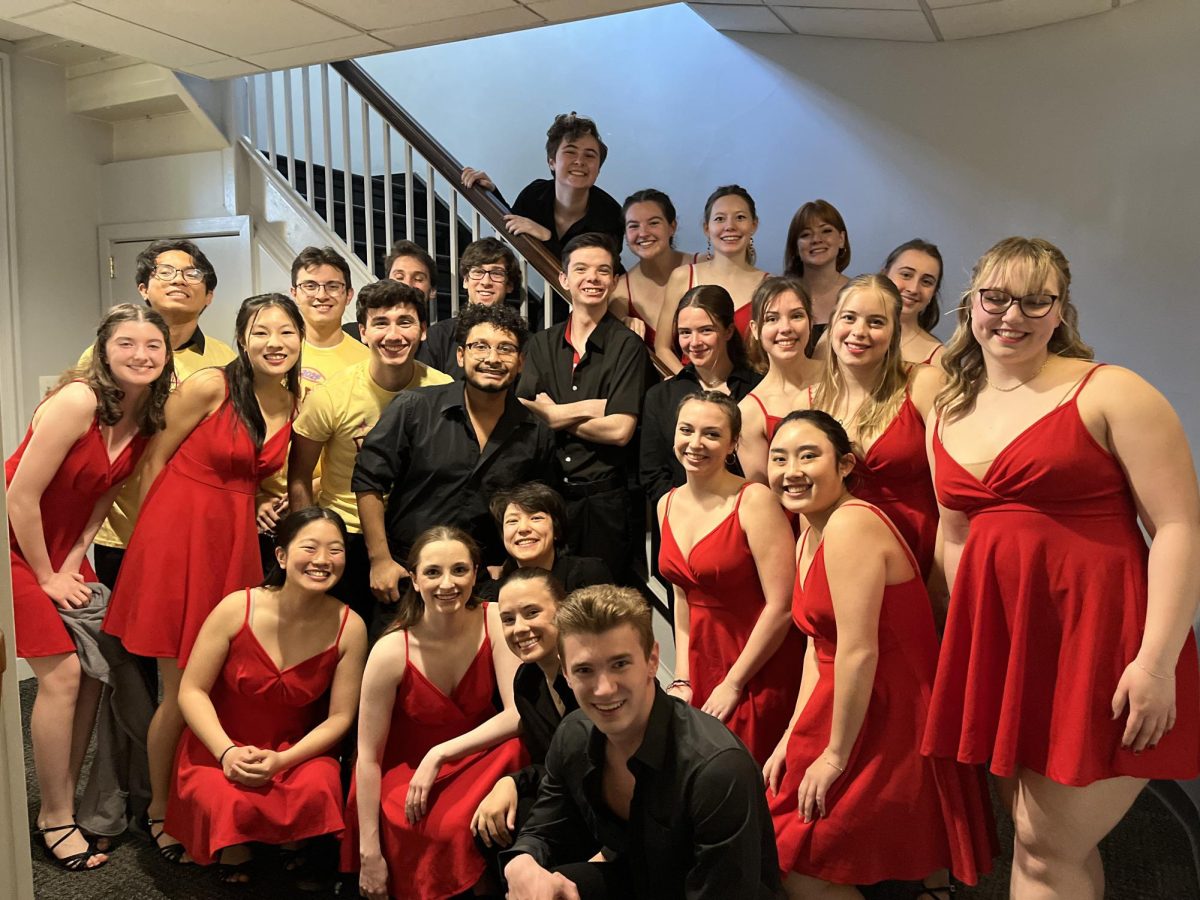Colgate University’s Division of Natural Sciences and Mathematics and the Mind, Brain and Behavior Initiative co-sponsored a NASC Colloquium titled “Learning and Forgetting in a Superconducting Circuit” on Friday, Nov. 2.
The conversation, led by professor of physics Kenneth Segall, focused on how Colgate researchers make artificial neurons from superconducting circuits, as well as Segall’s recent work on the development of a synapse that can work on its own. Segall also explained how neuromorphic computing will help humans make computers more efficient and use less energy. At its core, neuromorphic computing is a way of engineering a computer in which the system is based on elements of the brain and nervous system in its structure.
First, Segall analyzed the need for more powerful computers as stemming from their potential to help with a number of societal problems. Segall noted that more powerful computers can assist with weather forecasting, hurricane prediction, disease spread and epidemiology, cryptocurrency analysis, traffic simulations and more.
Next, Segall explained why computer hardware is becoming difficult to improve and how computer engineers are getting creative to try and fix this problem. While it is difficult to improve upon something that is already so advanced, engineers found that comparing computers with the human brain provides a good model for a new way of computing.
“For many tasks, the human brain is actually a lot faster than a computer,” Segall said. “There are a lot of reasons to design future computers around the brain and the way the brain operates.”
Looking forward, engineers are trying to emulate more properties of the brain within computers, such as the ability to learn.
Segall also focused on the utilization of Josephson junctions. A Josephson junction is created when you place a layer of non-superconducting material between two adjacent layers of superconducting material. A tunnel effect is created when pairs of superconducting electrons transport from one superconductor to another. Essentially, they are natural oscillators with fast pulses. Segall briefly discussed the differences between quantum computers and Josephson junctions as well.
“Quantum computers use properties of quantum mechanics to do the calculations, rather than using the properties of neurons. They do some things really well, but other things not as well, so the neuromorphic computers are more of a multi-use tool,” Segall said.
Junior Gabe Pickard attended the presentation and enjoyed learning about neuromorphic computing.
“We could learn a lot [about neuromorphic computing] just from looking at how the biological world works,” Pickard said. “I think that it’s amazing how we would be able to create better simulations of the spread of disease with these very computers that can calculate much more quickly than the computers we have today.”
Junior Neha Viradia, who attended the event, felt that the lecture highlighted the possibilities of student research at Colgate.
“I thought that the lecture was really interesting, not only because it was by one of my favorites, but it highlighted how students can be so involved at research at Colgate and really be a part of scientific innovation,” Viradia said. “One of my good friends worked in that lab and was a part of the project that the professor presented on, and that research was really pivotal in the world of computing. I think it’s just so interesting how much of an impact she had on a wide scale.”
According to Segall, computers might learn through using a superconducting synapse. Segall ended by comparing the predicted signal from the Josephson junction learning gate with the balance of learning and forgetting, and that when one pulse stops, the learning stops as well, giving insight into the future of computer engineering.















